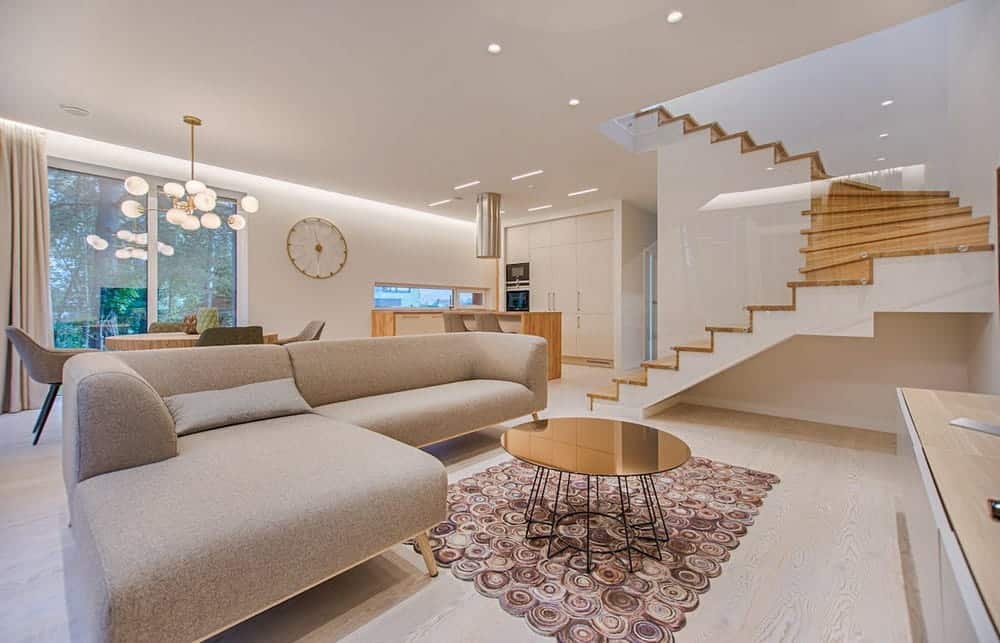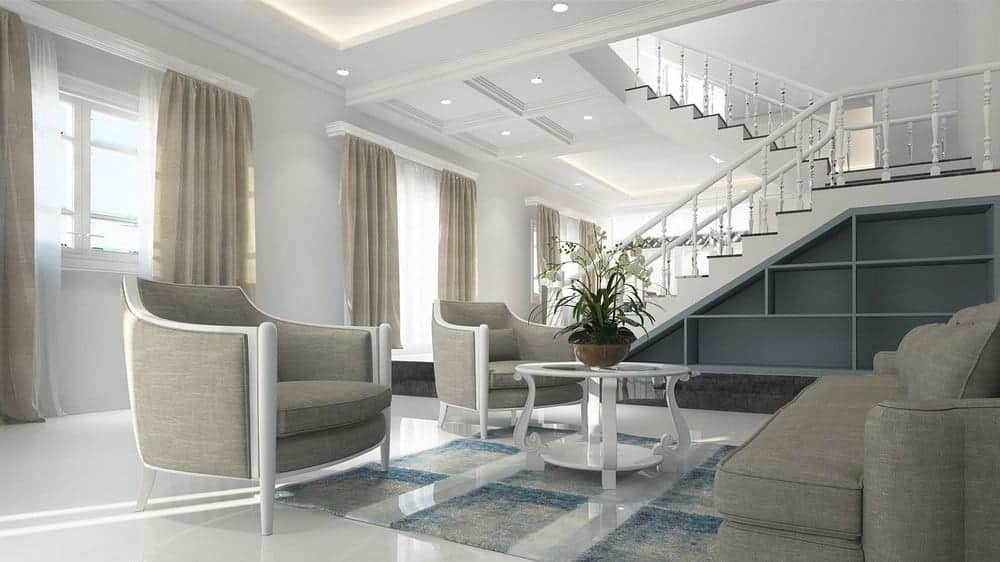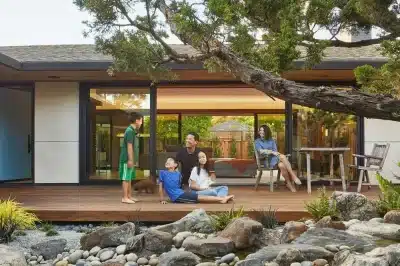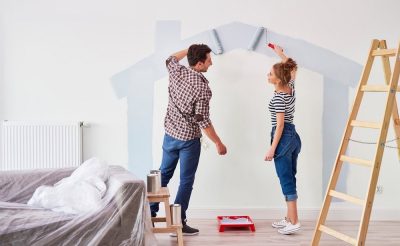Building and designing your home from scratch is an exciting journey that offers the chance to create a space that perfectly reflects your style and needs. Whether you’re starting from an empty lot or renovating an existing structure, understanding the process is key. Here’s a detailed guide to help you navigate the complexities of building and designing your dream home.

Work with Professionals
Engaging professionals, such as architects and builders, can streamline the building process and bring your vision to life. An architect will help you create a functional and aesthetically pleasing design, while a builder can guide you through the construction process. The team at Timber Haus Developments highlights that, throughout the construction process, home builders can elevate design by integrating innovative materials and efficient building techniques. Collaborating with experts will ensure you navigate the challenges of building and creating a home that meets your specifications.
Define Your Vision
Before diving into the building process, take time to define your vision. Consider what you want your home to look like, how you want it to function, and the lifestyle you envision. Create a mood board with images, colors, and styles that resonate with you. This step will serve as a reference throughout the design and construction phases, ensuring your choices align with your original vision.
Establish a Budget
Setting a realistic budget is crucial for your home-building project. Break down your budget into categories, including land costs, construction, permits, and interior finishes. It’s wise to add a contingency fund of 10-20% to cover unexpected expenses. Make sure to research costs in your area, consult with professionals, and adjust your expectations based on your financial situation. Keeping track of your budget will help you make informed decisions and avoid financial stress.
Choose the Right Location
Location significantly impacts your home’s design and lifestyle. Look for areas that meet your needs in terms of schools, work commute, amenities, and community vibe. Consider the land’s topography, views, and proximity to essential services. When you find the perfect spot, ensure that it has the necessary zoning and permits for residential construction. Research the local market to understand property values and future development plans that may affect your investment.
- Proximity to Work and Schools: Assess how close your potential home will be to your workplace and schools for your children. A short commute can save you time and reduce stress, allowing for a better work-life balance. Look for neighborhoods with good public transportation options if you prefer not to drive, as this can also enhance accessibility and convenience.
- Amenities and Services: Consider the availability of amenities such as grocery stores, parks, hospitals, and recreational facilities. Living near these services can enhance your quality of life, making daily tasks more manageable. Additionally, check for community features like libraries, community centers, and entertainment options that can enrich your lifestyle.
- Neighborhood Safety and Community Feel: Investigate the safety of the neighborhood by checking crime statistics and talking to residents. A safe environment is crucial for peace of mind, especially if you have children. Also, consider the community vibe – a friendly, engaged neighborhood can foster a sense of belonging and support that enhances your living experience.
- Future Development Plans: Research any upcoming developments or zoning changes in the area that may impact your property value or quality of life. Planned infrastructure improvements, new schools, or commercial developments can significantly alter the landscape of your neighborhood. Staying informed about future developments ensures you make a well-rounded decision and can prepare for potential changes in your living environment.
Design for Functionality and Flow
When designing your home, prioritize functionality and flow. Consider how you use each space and how rooms will interact with one another. Open floor plans are popular for creating a sense of spaciousness, but be mindful of the layout. Ensure that kitchen, dining, and living areas are conveniently connected. Think about storage solutions, natural light, and ventilation. A well-designed home enhances daily living and contributes to a more enjoyable atmosphere.

Focus on Sustainability
Incorporating sustainable practices in your home design not only benefits the environment but can also save you money in the long run. Opt for energy-efficient appliances, high-quality insulation, and renewable energy sources like solar panels. Use sustainable materials, such as reclaimed wood and eco-friendly finishes, to minimize your home’s carbon footprint. Additionally, consider water-saving fixtures and landscaping options that reduce water usage. Sustainable design enhances your home’s comfort while contributing positively to the planet.
Building and designing your home from scratch is a rewarding experience that allows you to create a space uniquely yours. By defining your vision, setting a budget, choosing the right location, working with professionals, focusing on functionality, and incorporating sustainable practices, you can navigate this complex journey with confidence. With careful planning and consideration, your dream home will soon become a reality.








